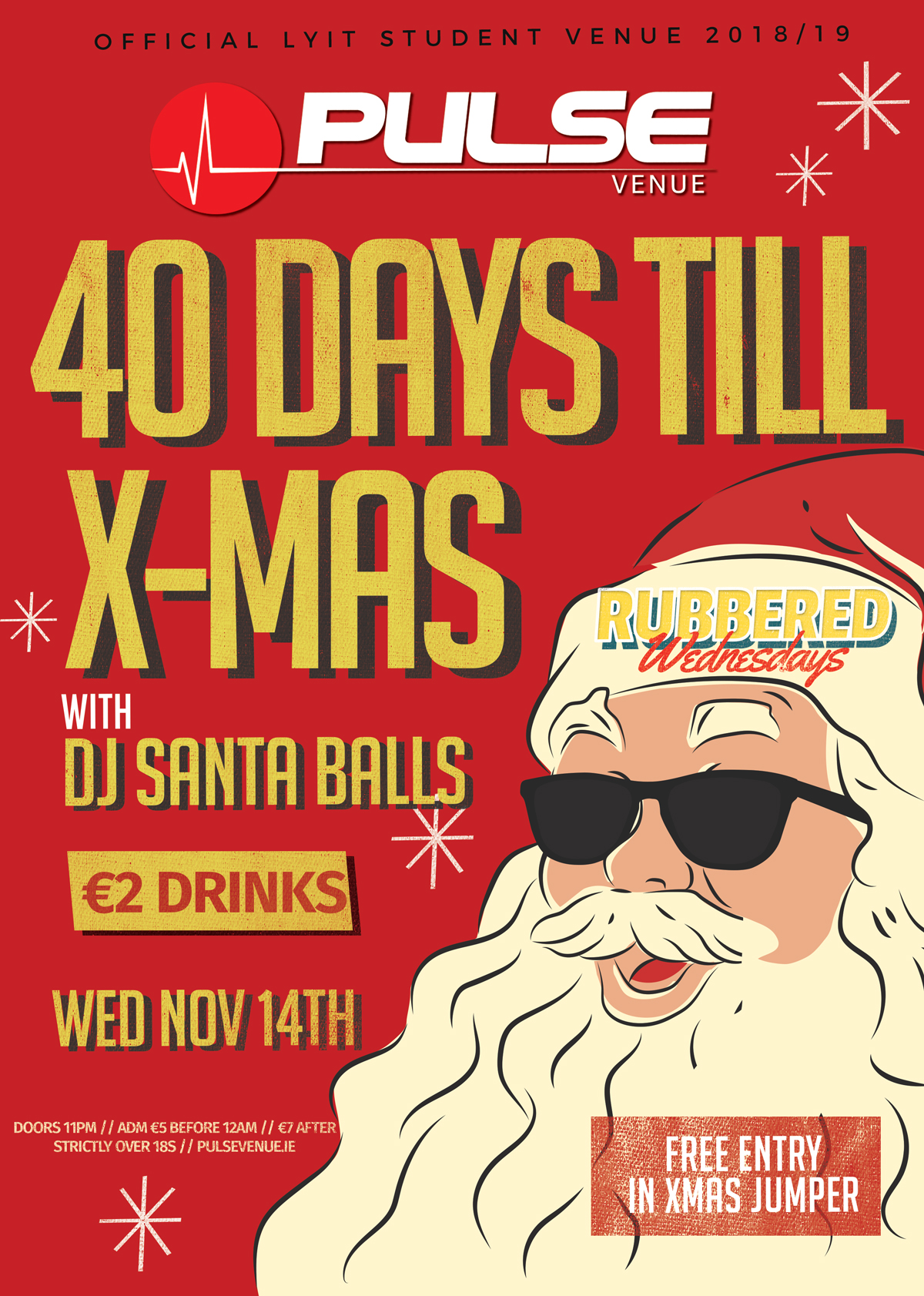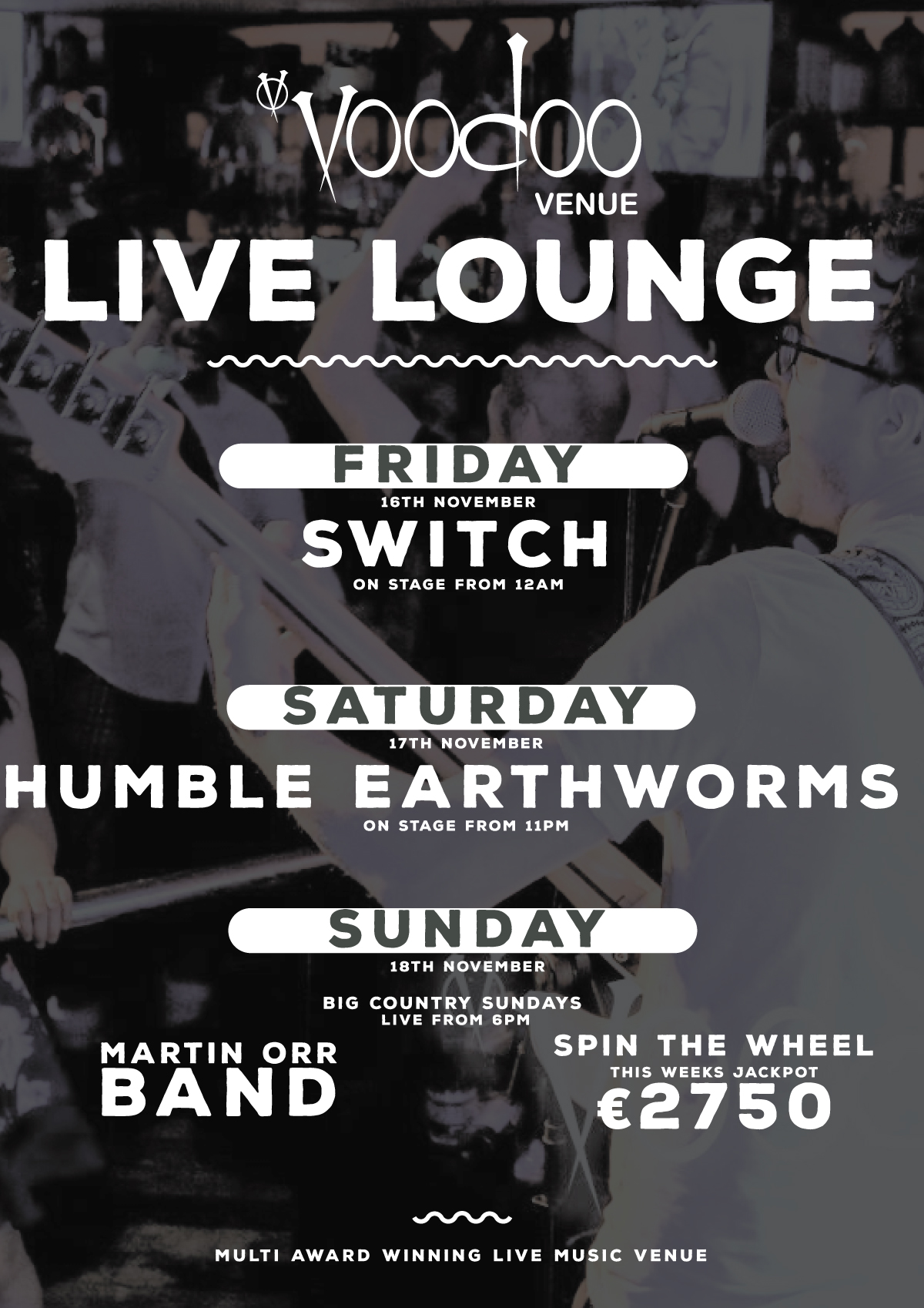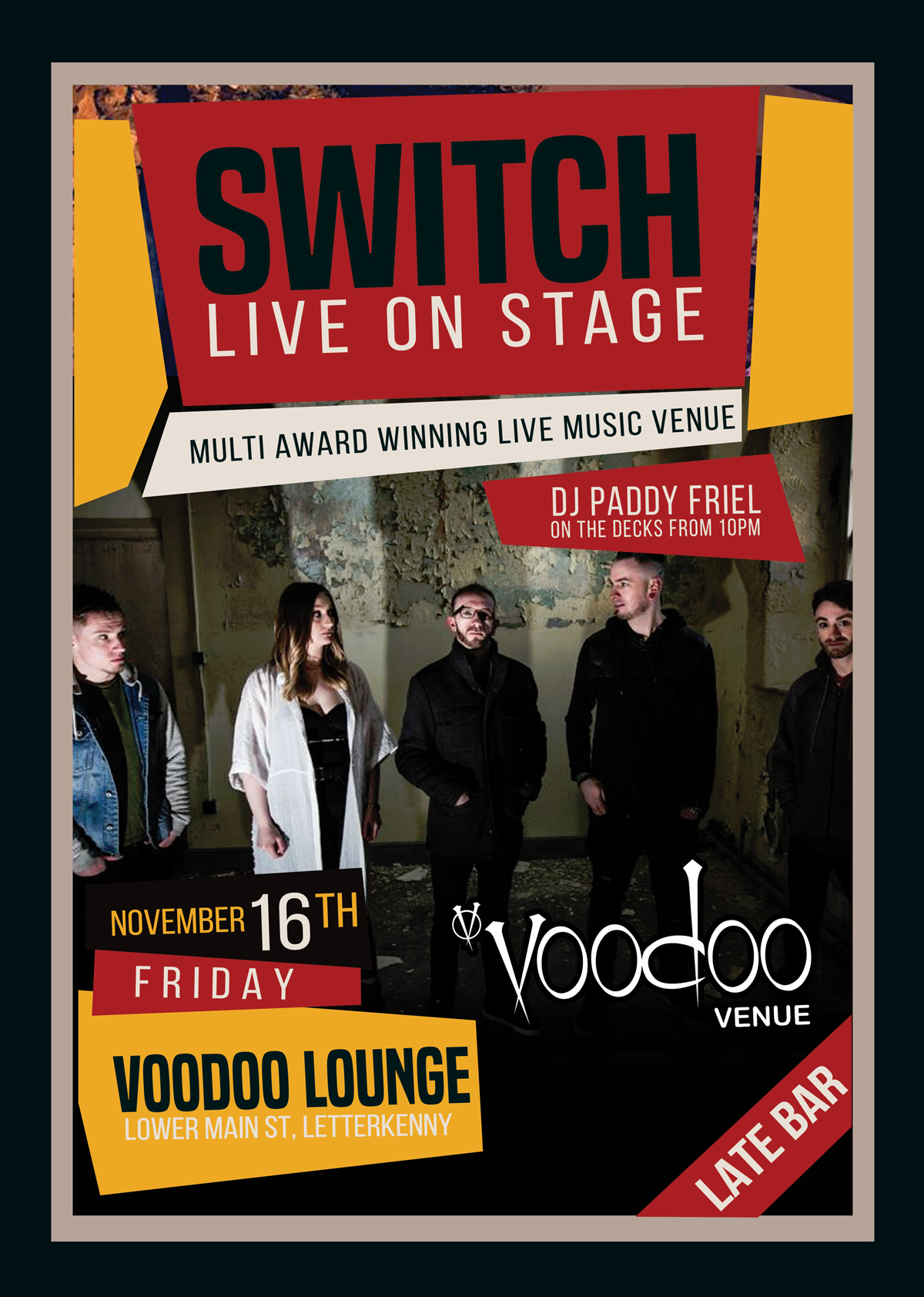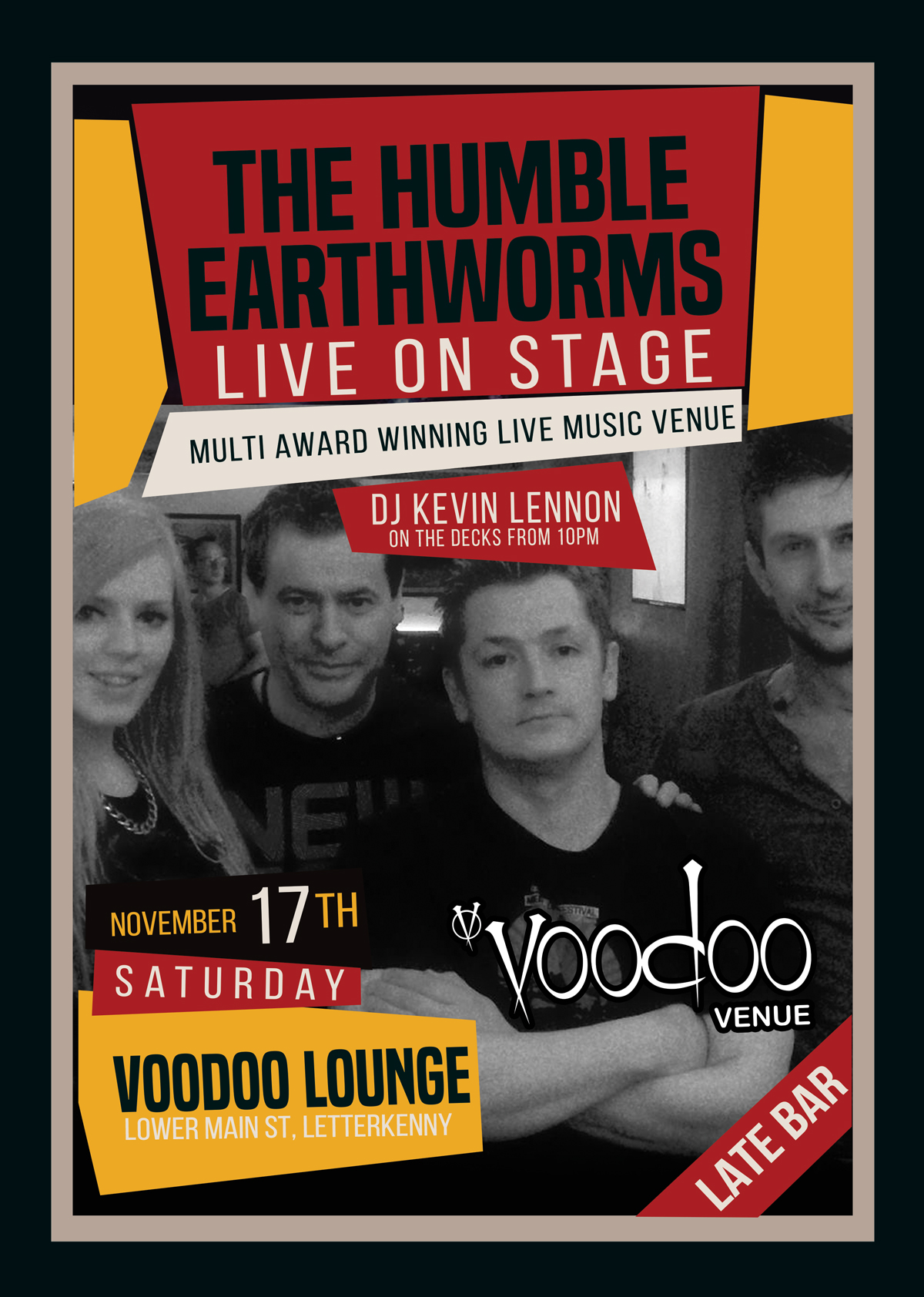LEONIDS METEOR SHOWER PEAKS TONIGHT INTO SUNDAY MORNING
November’s wonderful Leonid meteor shower happens every year around November 17 or 18, as our world crosses the orbital path of Comet 55P/Tempel-Tuttle. Like many comets, Tempel-Tuttle litters its orbit with bits of debris. It’s when this cometary debris enters Earth’s atmosphere and vaporizes that we see the Leonid meteor shower. In 2018, the peak mornings of the shower are expected from midnight to dawn on Saturday, November 17, and Sunday, November 18. Although a bright waxing gibbous moon will be out for some of the night on the peak dates, try watching this shower during the predawn hours, or after the moon has set.
Continues below
Which direction should I look to see the Leonids?
Meteors in annual showers are named for the point in our sky from which they appear to radiate. This shower is named for the constellation Leo the Lion, because these meteors radiate outward from the vicinity of stars representing the Lion’s Mane.
If you trace the paths of Leonid meteors backward on the sky’s dome, they do seem to stream from near the star Algieba in the constellation Leo. The point in the sky from which they appear to radiate is called the radiant point. This radiant point is an optical illusion. It’s like standing on railroad tracks and peering off into the distance to see the tracks converge. The illusion of the radiant point is caused by the fact that the meteors – much like the railroad tracks – are moving on parallel paths.
In recent years, people have gotten the mistaken idea that you must know the whereabouts of a meteor shower’s radiant point in order to watch the meteor shower. You don’t need to. The meteors often don’t become visible until they are 30 degrees or so from their radiant point. They are streaking out from the radiant in all directions.
Thus the Leonid meteors – like meteors in all annual showers – will appear in all parts of the sky many Leonid meteors will you see in 2018?
The answer, as always, depends on when you watch, and the clarity and darkness of your night sky. This shower has been known to produce meteor storms, but no Leonid storm is expected this year. The Leonids are usually a modest shower, with typical rates of about 10 to 15 meteors per hour at the peak, in the darkness before dawn. Your best bet is to watch between moonset and dawn.
Which direction should I look to see the Leonids?
Meteors in annual showers are named for the point in our sky from which they appear to radiate. This shower is named for the constellation Leo the Lion, because these meteors radiate outward from the vicinity of stars representing the Lion’s Mane.
If you trace the paths of Leonid meteors backward on the sky’s dome, they do seem to stream from near the star Algieba in the constellation Leo. The point in the sky from which they appear to radiate is called the radiant point. This radiant point is an optical illusion. It’s like standing on railroad tracks and peering off into the distance to see the tracks converge. The illusion of the radiant point is caused by the fact that the meteors – much like the railroad tracks – are moving on parallel paths.
In recent years, people have gotten the mistaken idea that you must know the whereabouts of a meteor shower’s radiant point in order to watch the meteor shower. You don’t need to. The meteors often don’t become visible until they are 30 degrees or so from their radiant point. They are streaking out from the radiant in all directions.
Thus the Leonid meteors – like meteors in all annual showers – will appear in all parts of the sky
2019 CALENDAR NOW ON SALE






































